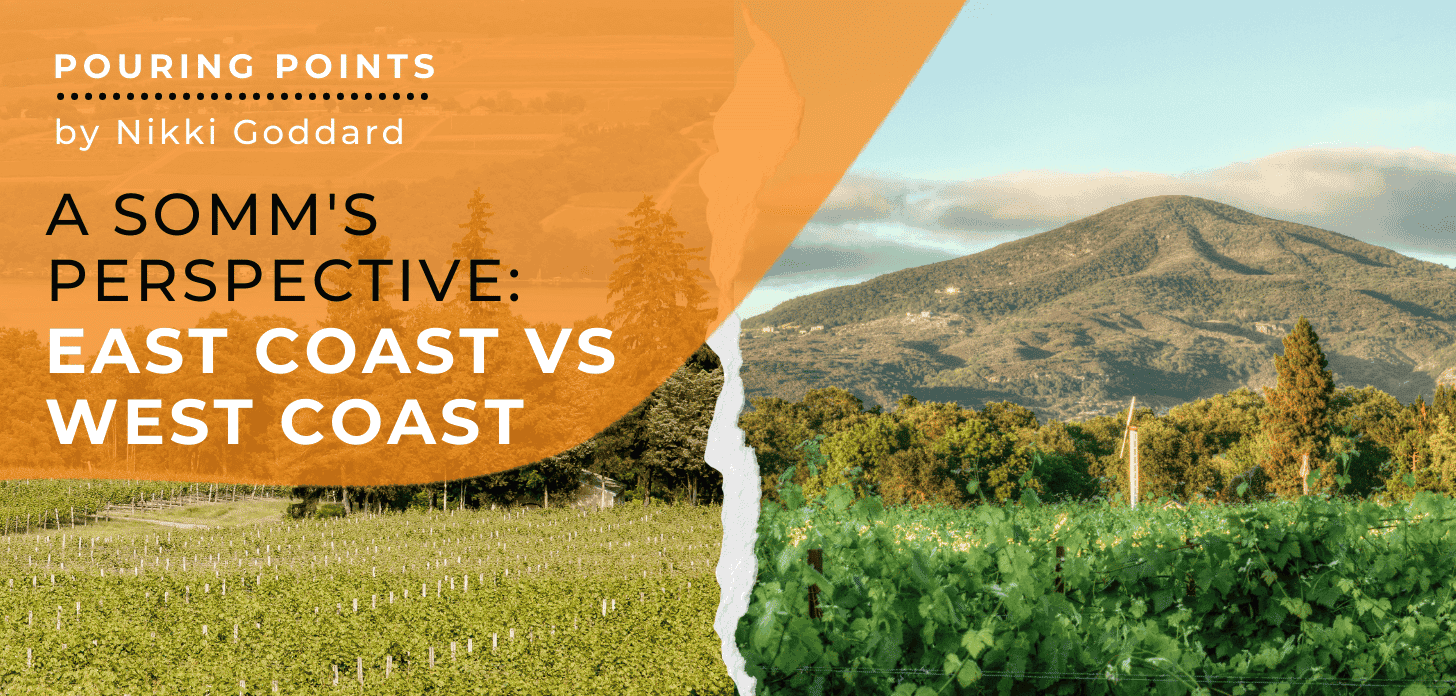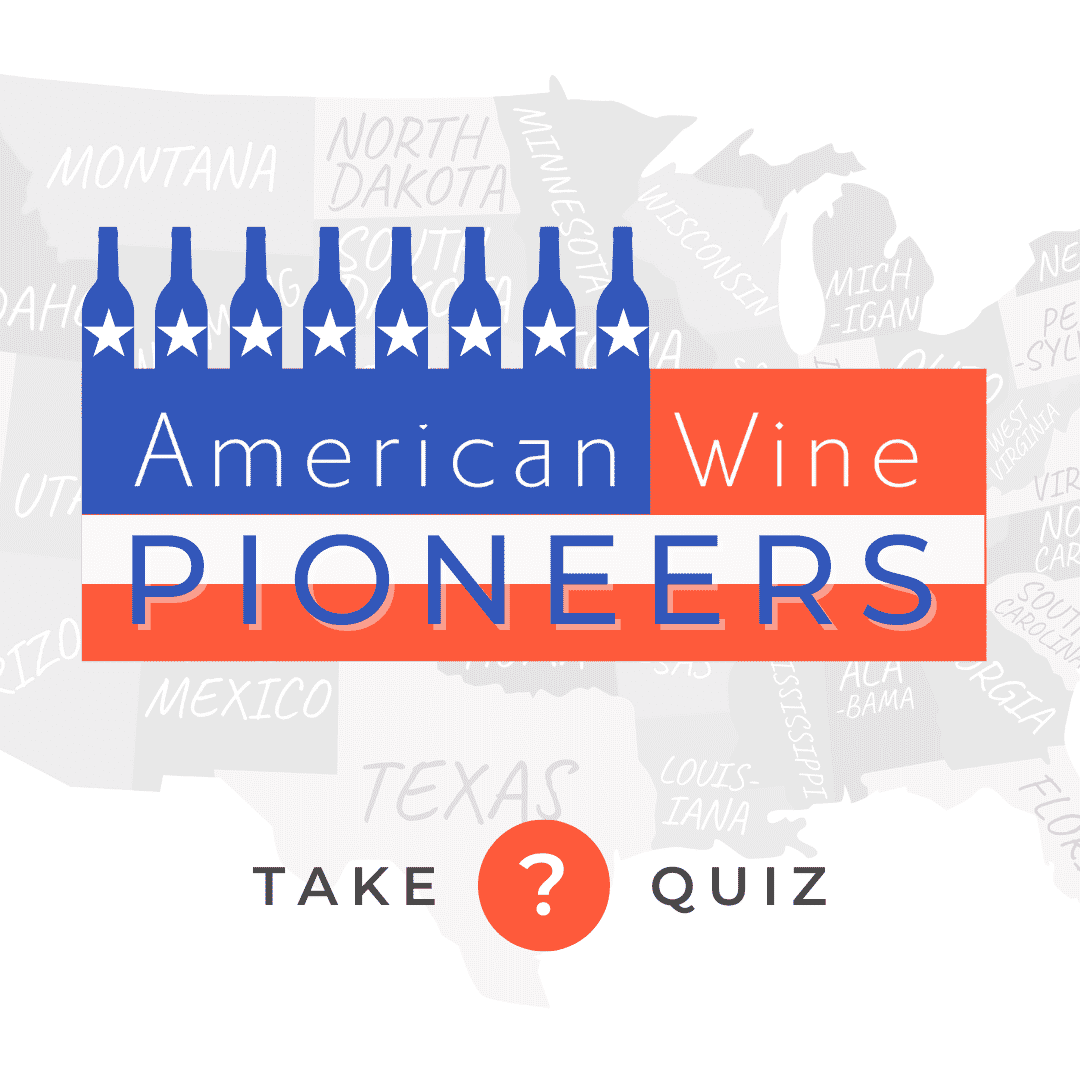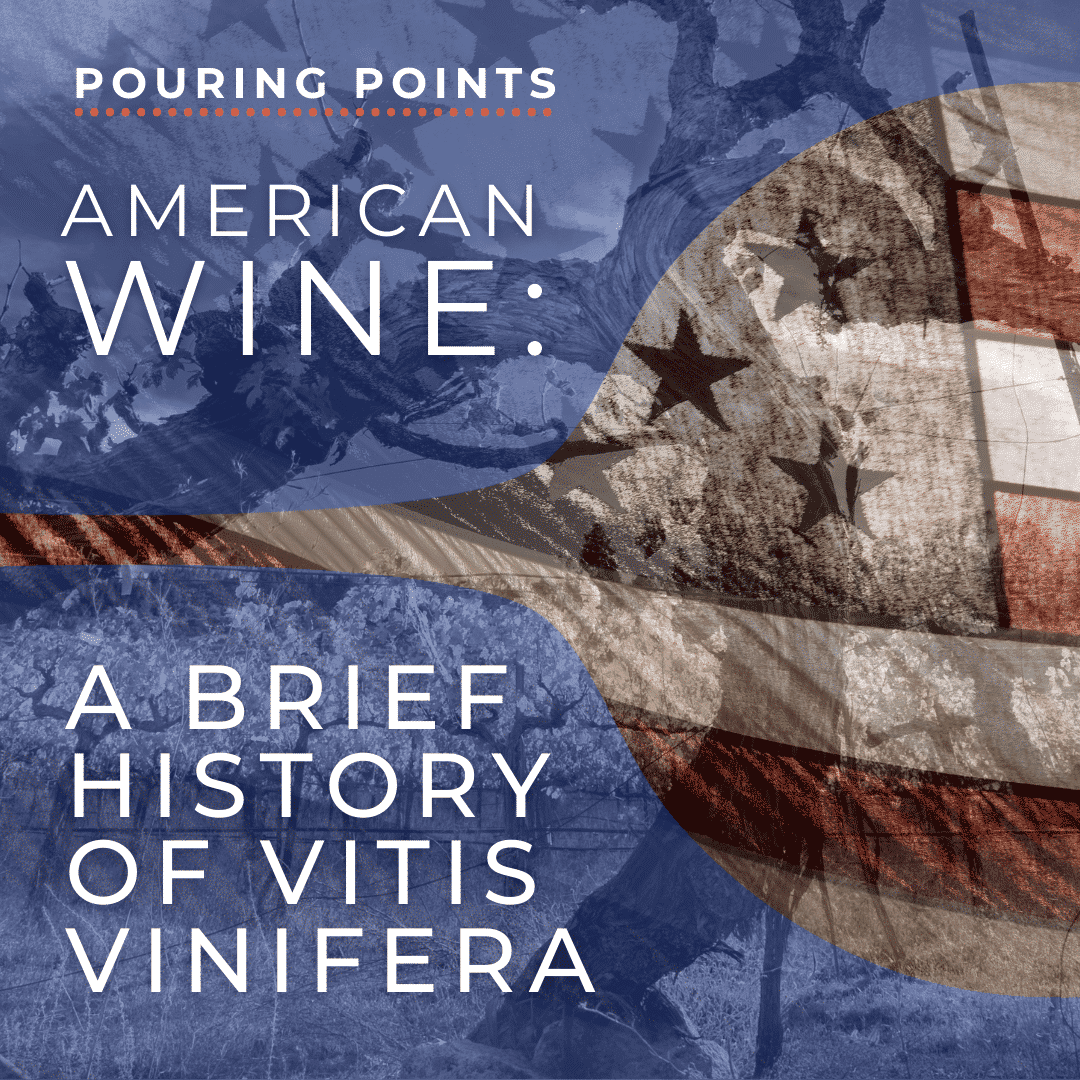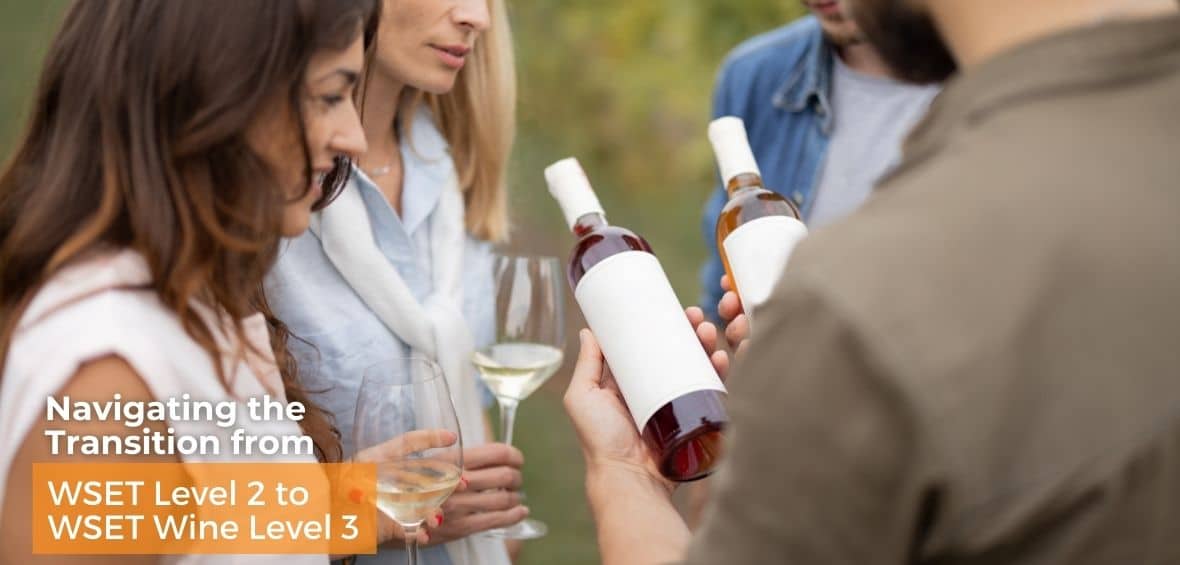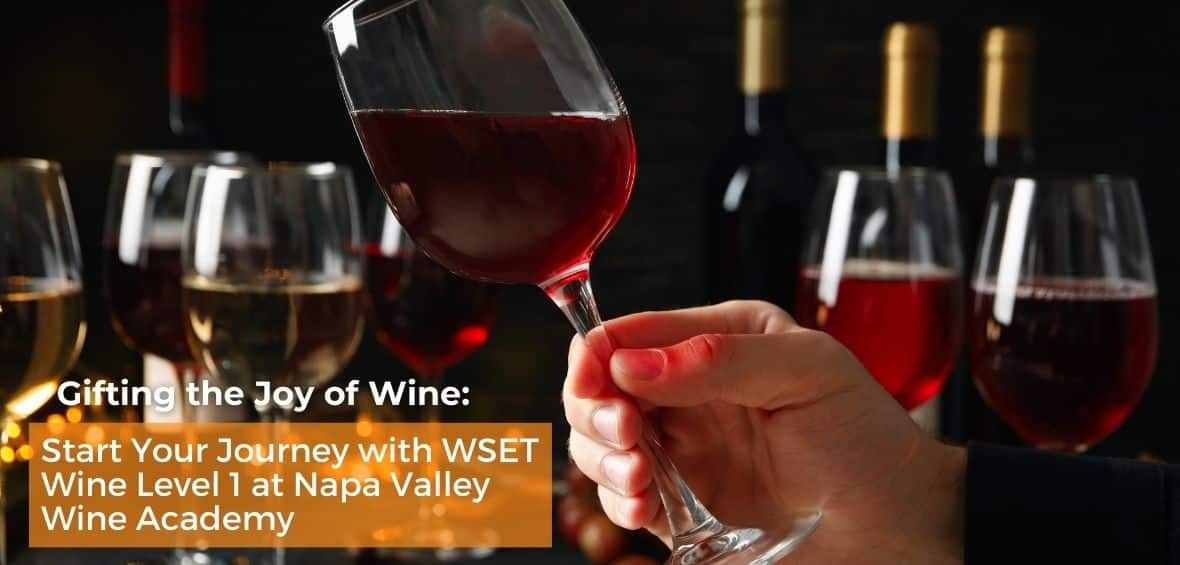As wine education improves and talent pours in from around the globe, more and more East Coast wineries are finding success on a national and international level.
By Nikki Goddard
Back in 2011, one of my favorite party tricks at the wine bar I co-owned in San Francisco was to slip a blind taste of Sheldrake Point Dry Riesling to unsuspecting guests any time they requested a crisp, dry white. Invariably, they would exclaim, “Oh, that’s delicious! What is it?”
“Riesling,” I’d reply. “From the Finger Lakes.”
“From the where?”
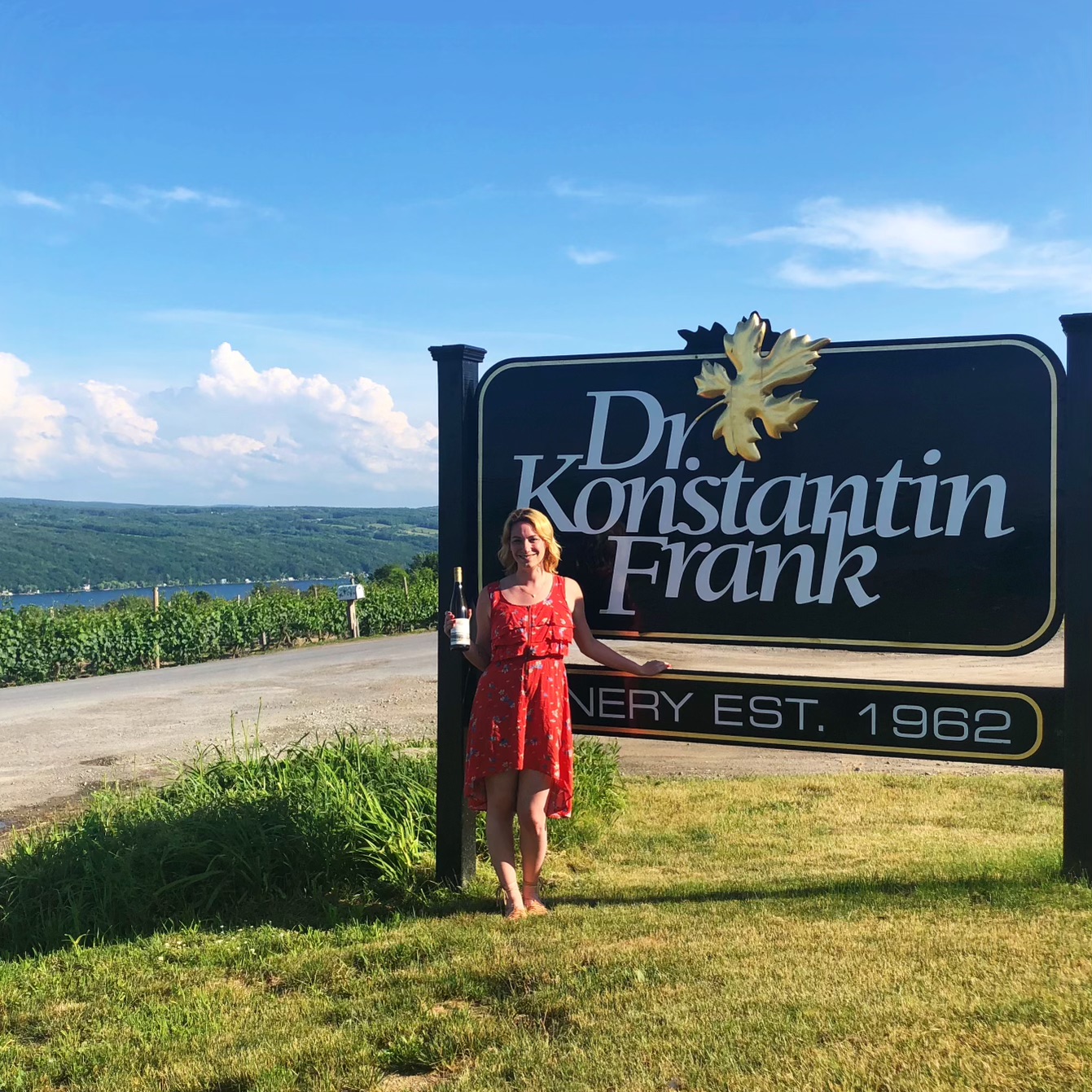
“Upstate New York,” I’d answer. Three years earlier, I’d packed up my belongings and headed west from Ithaca, New York, to the San Francisco Bay Area to officially embark on the wine industry career I’d kicked off in college.
When we opened the bar, I had one demand for our initial menu—we had to offer Sheldrake Point Dry Riesling by the glass. It was the first wine that had truly opened my eyes to the enormous potential of the Finger Lakes AVA, and that was the AVA that had made me fall in love with wine in the first place during the four years I had spent there. I stubbornly refused to open the bar without it.
Getting the wine to California, however, was a logistical nightmare. The small, locally-minded estate (which, over a decade later, still produces only around 8,500 cases per year) had never sold wine to California before; at the time, few Finger Lakes wineries had (the folks at Sheldrake Point were somewhat surprised to learn of my interest). Inter-state alcohol shipping laws were and still are complicated—some may say archaic—but some creative problem solving was employed, and soon, we were armed with three cases of dry Riesling to spread the gospel of the Finger Lakes through the streets of San Francisco.
I tend to be enthusiastic when I’m excited about something (honestly, a massive understatement). I’m fairly certain the sophisticated West Coast wine drinkers who came through our doors thought I was a bit odd (probably also an understatement) whenever I got started on one of my “I love the Finger Lakes” rants—I couldn’t seem to convince anyone to order a glass. Their preconceived notions, I came to realize, were getting in the way.
So I changed tactics—first, get them to admit they love the wine. Then tell them where it’s from. Because when it comes to wine, psychology can, and very often does, get in the way. And back in 2011, no one on the West Coast (and likely very few folks on the East) thought that New York state could produce any serious wine worth drinking.
But that has all changed since my wine bar days, and now, the right side of the United States wine map is increasingly lighting up with worthwhile destinations—in Pennsylvania, New York, New Jersey, Virginia, Maryland, and North Carolina. Over the last decade or two, producers in these areas have worked together to improve both the quality and the reputation of their regions’ wines, and public perception has risen accordingly.
In many of these regions—I saw it first-hand in the Finger Lakes—an interesting dichotomy exists, in which there seem to be two distinct wine industries within one AVA. One is the relatively large and lucrative industry centered on the production of inexpensive, commercially friendly wines with ample residual sugar, often made from cold-hardy French-American hybrid varieties like Chambourcin, Seyval Blanc, and Catawba, and intended solely for local consumption and tourism. The other is the much smaller, less profitable industry based on serious, critically acclaimed wines made from Vitis vinifera grapes (the species used in most quality European wines) that express the local terroir.
Some East Coast producers operate at both ends of the spectrum, while others choose to specialize; in the former category, the crowd-pleasing wines appear to support the production of the more artisanal bottlings, but they can also have the effect of diluting the brand. Today, many of the most admired East Coast estates fall into the latter group, enabling them to be taken more seriously by consumers, sommeliers, and the press alike.
There is remarkable diversity among the wines of the East Coast, in large part, because despite being home to some of America’s earliest vineyards, the industries there are far less established (thanks to the impacts of Prohibition), and are now rapidly expanding—between 2000 and 2017, the number of wineries on the East Coast increased by over 300 percent, from 405 to 1720. As wine education improves, investment increases and fresh, young winemaking talent pours in from around the globe, more and more of these producers are making wines that can compete on a national or even international level.
These producers are free to experiment much more than their West Coast brethren;. At the same time, everyone thinks of Cabernet Sauvignon when they think of Napa Valley, and few people automatically associate any particular grape variety or wine style with Barboursville, Virginia, or Westminster, Maryland.
While it’s impossible to generalize stylistically about such a vast and diverse geographical area, many East Coast wines (at least those made in the more northerly reaches, from vinifera grapes) could be described as being somewhat more “European” in style than their counterparts in California, Oregon, and Washington; those harsh, chilly Northeast winters typically create ideal conditions for crisp, tart white wines and light-bodied, high acidity reds. The best of these wines offer a refreshing domestic alternative to some of the rich, ripe wines commonly made on the West Coast, which an ever-growing number of wine lovers are beginning to recognize and appreciate.
Obviously, my one-woman evangelism campaign for Finger Lakes Wine has paid off in the past 11 years (or at least that’s what I tell myself), because the wines of the Finger Lakes—and many other terrific East Coast AVAs—are finally gaining the respect they deserve, both here on the Left Coast and abroad. Recently, I saw a Finger Lakes Riesling being served by the glass in a restaurant in London, and it barely even felt noteworthy.
There’s still a long way to go for any of these regions to achieve the success of say, Sonoma County or the Willamette Valley. But I take unexpected comfort in knowing that my old wine bar party trick no longer works—because, in 2022, no one who’s been paying attention will be surprised to taste a delicious, high-quality wine from the East Coast.

